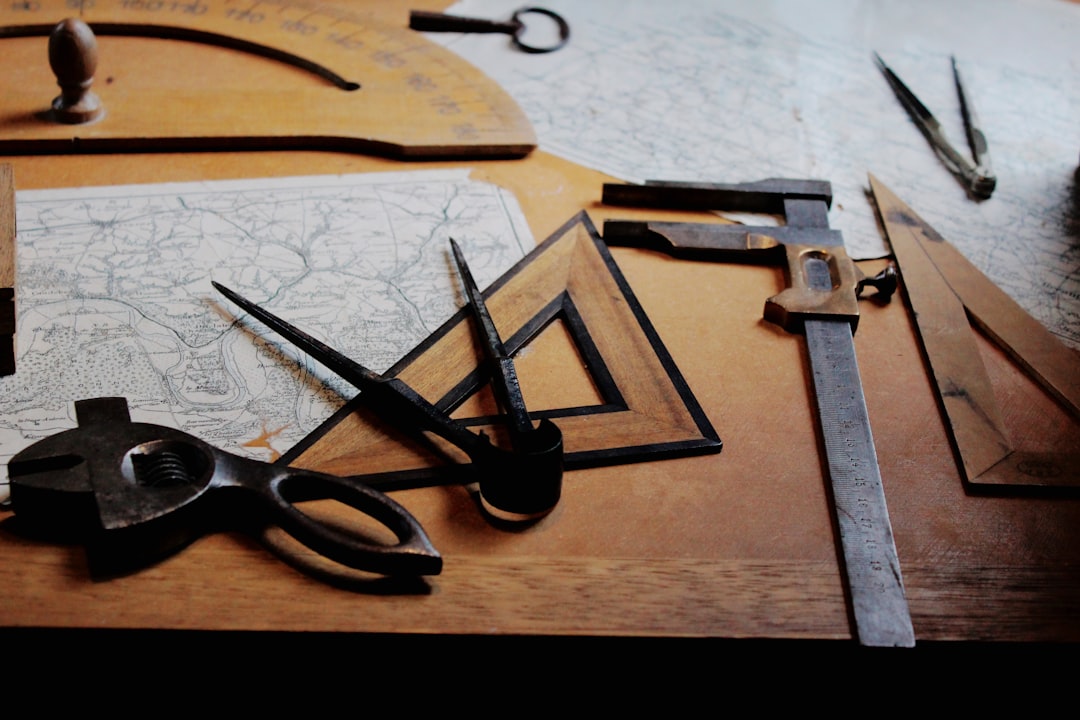Book series
28/10/16 20:44
My first book in the series (Leica Chronicle) was a description of the many products that the company of Leitz, later Leica has produced since 1849. It also contained a history of the company from 1849 to 2012. The photographic products since 1925 have not only been listed but also evaluated form my personal experience and testing procedures.
The second book (Leica Practicum) produced information about the ongoing discussion what a picture is, how to interpret it in a technical and artistic sense and what are the specifics of a Leica picture. Unavoidable is a discussion about the artistic - mechanistic dichotomy of the photography and how this dichotomy is explored in the world of chemical prints and of numerical images and the inkjet picture. Technically the focus is on the Zone System and theoretically I defended the position that genuine Leica photography accepts the external world as independent from the observer’s mind and that street photography in its documentary context is the guiding principle for true Leica photography. Between the lines I questioned the universal view that photography is an art form and proposed to see photography as a neutral recording process.
In the third book (Leica Lens Saga) I looked at the physical theories of light and optical design. The principles of optical design have changed since Berek designed the Elmar and the changes are reflected in the history of the Leica lens. I noted that optical theorists are not all interested in the topics of art versus mechanical reproduction or what the nature of reality is within the field of view of the lens in front of the camera. Designing a lens is a very complex process and the design is successful when there is a one-to-one correspondence (an isomorphism) between the objects in front of the lens and what is recorded on the capture medium. The objects in front of the lens are limited to the surfaces of these objects and their brightness distribution and intensity level. This aspect is the only characteristic of an object that a photograph can reproduce.
In the fourth book of the series I am looking at the camera itself and the act of photography. The main question will be what it is to take a picture with a Leica camera and how this will and can influence the character of the print and interpretation of its content and meaning. I will follow the ideas of the Dutch photographer, Aarsman, who argued that one needs a detective approach when analysing the content of a photograph. In addition I will expand on the theories of lens design that the lens/camera/recording medium is neutral and intrinsically meaningless. It is a theory from the science of perception that meaning has to be injected in a picture or in observing a scene. You see what you know and you do not know what you see. This is a Sherlock Holmes proposal that is close to the detective approach for the analysis of a picture. Cartier-Bresson has defined his theory of Leica photography as the decisive moment, a concept that has been discussed by Dyer in his book “The ongoing Moment”. Not well known is the influence of the chance factor in the process of taking a picture. One might reflect on the fact that the dominance of the Leica style of photography since the 1920s depends more on the ability to take 36 pictures, thereby reducing the chance element. The extended depth of field, made possible by the small format and the specific design of the Elmar lens, made possible the snapshot style of photography. There is much to explore in this exciting field and my fourth book will cover this search in depth.

